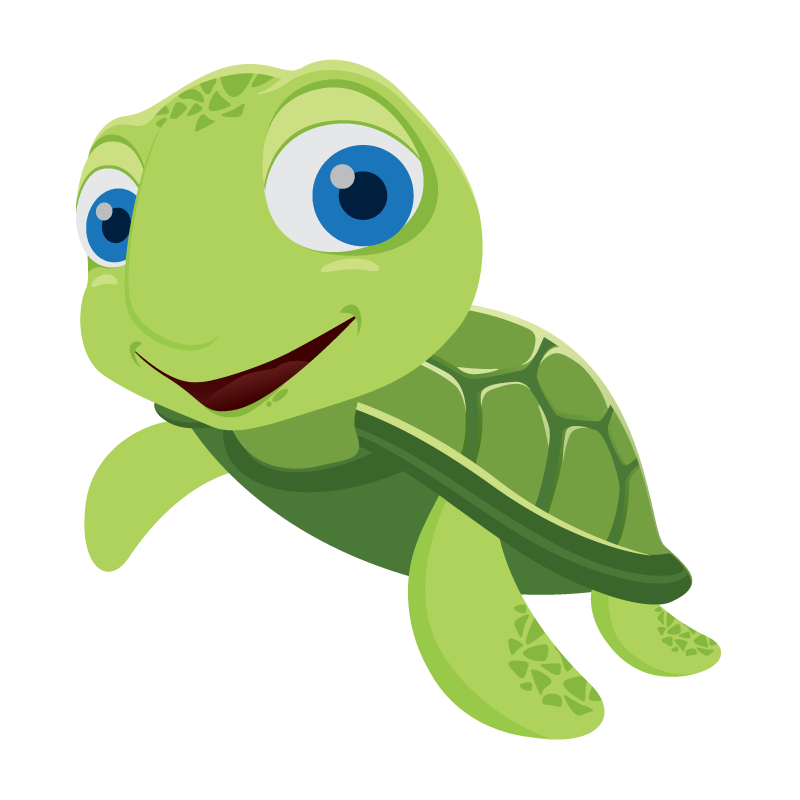
VIEW TURBO’S TOP TIPS
FIND YOUR CLASS AND TOP TIPS BELOW FOR IMPROVING YOUR SWIMMING:
DUCKLINGS ONE (THREE MONTHS TO ONE YEAR)
- Practising holding on is an important safety skill when in the water. Teaching babies to hold onto a bar will encourage them to hold onto or find a side if they were to fall into water. Practice holding onto a high chair or cot bars and link the action with ‘hold on’ so babies link with the command.
- Wash face – cup some water and wash it over your babies face. This will build confidence with underwater submersion.
- Make bath time fun – this is the most important skill. Having a positive association with water will aid your little ones ability to learn how to swim.
DUCKLINGS TWO (ONE TO TWO YEARS)
- Blowing bubbles in the bath is one of the first progressions to aquatic breathing. Link the action with the command “bubbles”.
- Allow your toddler to climb safely and with support onto the sofa or bed. This will lead to building upper and core strength to safely climb in and out the pool
- Encourage your toddler to push a ball whilst crawling on the floor. This will encourage them to stretch for the ball and is great for co-ordination.
DUCKLINGS THREE (TWO TO THREE YEARS)
- Encouraging your toddler to jump from the bottom stair or small step on to the ground can progress to jumping in the pool.
- Create a mini obstacle course and encourage your toddler to move in different directions, jumping and climbing etc.
- Blowing bubbles through a straw in water will encourage a long breath needed for aquatic breathing.
DUCKLINGS FOUR (THREE TO FOUR YEARS)
- Blowing a ball pit ball (light weight) across the floor with a straw will encourage aquatic breathing. You could also do this in the bath.
- Jumping from the bottom step or a small step and landing on two feet will help when jumping in to the pool.
- Front crawl and backstroke kicking on land will help them transfer the skill into the water. Sit your child on a step or cushion, stretch out their legs and keep them straight then practice small kicks up and down from the hip. Get them to watch their own legs to ensure they are straight. Sing a nursery rhyme to go with the action.
DUCKLINGS FIVE AND STAGE ONE
- Blowing bubbles in the bath water and listening with the ear in the water will help to learn the first steps of breathing to the side and bilateral breathing, essential for front crawl.
- Front crawl and backstroke kicking on land will help them transfer the skill into water. See tip 2 under Ducklings Four for details.
- Use sensory benefits of feeling water on different parts of the body from either the rain, a watering can or toy.
STAGE TWO
- All of stage one tips above.
- Log rolls – laying on the floor with arms by their side and roll. Log rolls are not only a safety skill but are also components of turns in competitive swimming.
- Rocket adventures – encourage your child to role play being a rocket. Get them to lay on their front or back with arms extended above their heads. Essential for push and glides and diving in the water.
STAGE THREE
- Flutter kicks laying on their backs or tummies on the floor, long straight legs and small fast kicks helps to improve front and back crawl.
- Blow bubbles in the bath water and listen with ear to surface of the water. Keep ear and side of the face in the water when breathing to the side. This will encourage bi-lateral breathing needed for front crawl.
STAGE FOUR
- Practice the breaststroke. Encourage your child to lay on their tummy and complete the breaststroke leg actions. Emphasis a pause and glide between each kick. Parents/carers can assist with movement and rhythm of the kick.
STAGE FIVE
- Practice the forward roll, making sure the chin is tucked into the chest. This will prepare your child for somersaults in the water.
STAGE SIX
- Flexibility and streamlining is essential as we start to focus more toward stroke efficiency and competitive swimming. You can do this by; laying on your front on the floor or back in a streamlined position, arms extended and chin tucked in, legs long and straight together.
- Gentle yoga practices are a great way to increase flexibility.
- Forward rolls on land will transition into tumble turns in the water.
STAGE SEVEN
- Check out top tips from Stage six above.
- Flutter kicks on land will increase leg and core strength
SQUAD
Body weight exercise plan to build muscle strength and improve stroke endurance once we return:
- 10 x arm swings – front, back and monkey
- 10 leg swings – front to back and side to side
- 15 x jumping jacks
- 30 second plank
- 15 x jumping jacks
- 30 second plank
- 15 x push ups on knees or toes
- 15 x mountain climbers
- 15 on each side second side plank
- 15 x squats
- 30 x lunges- 15 on each leg
- 15 clamshell glute exercise
